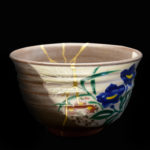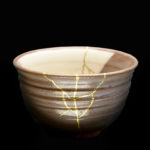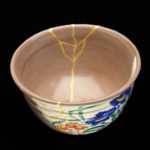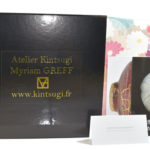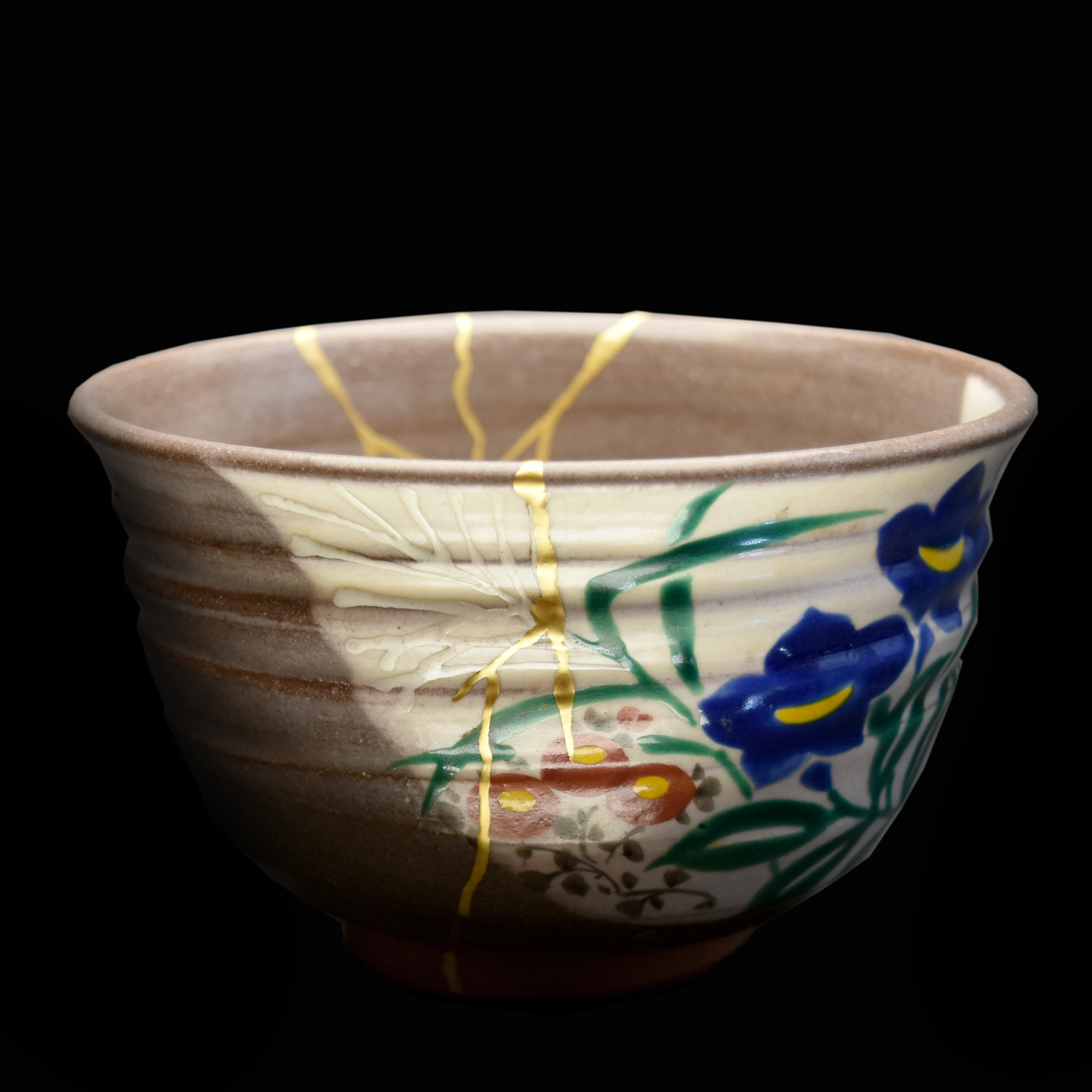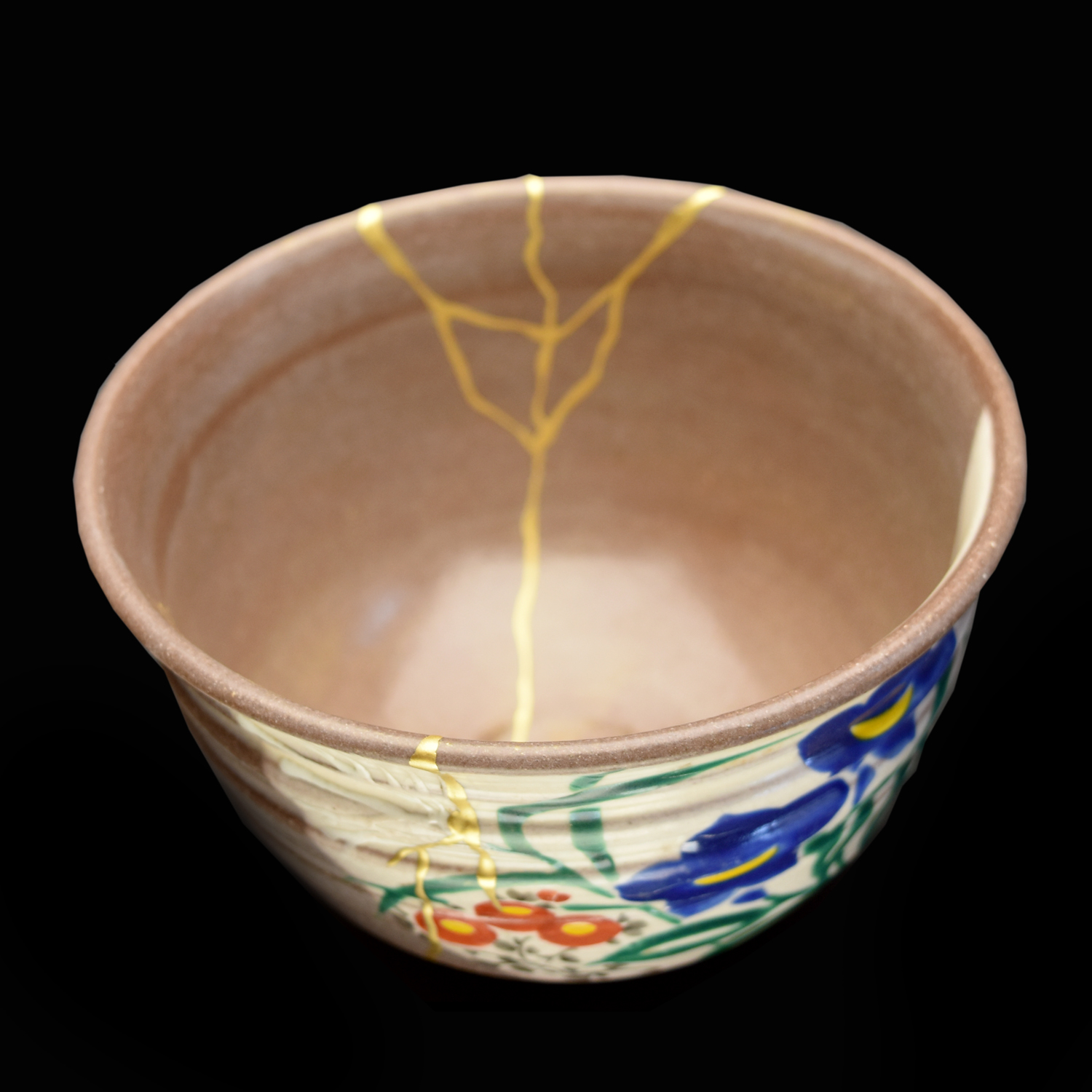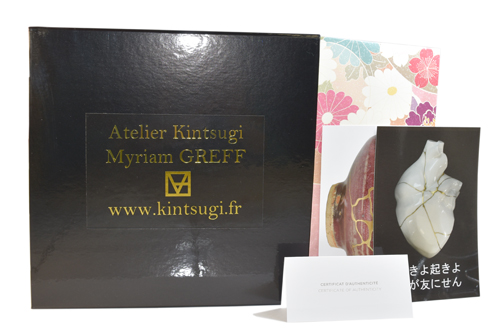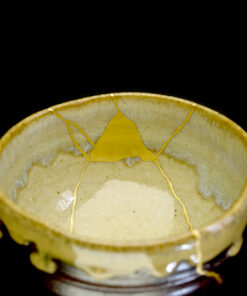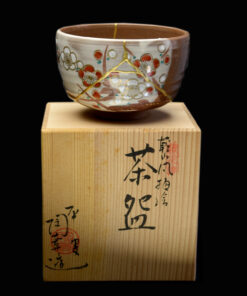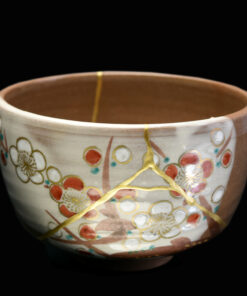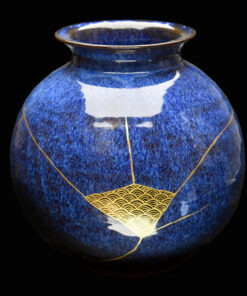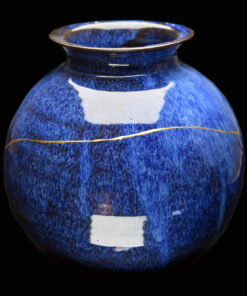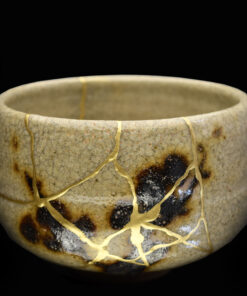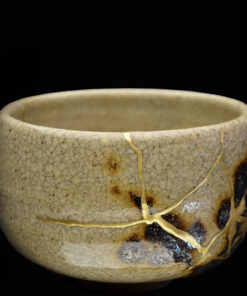Kyo chawan by Kato-san
564 CHF VAT excl.
In stock
For express shipping please contact us before purchase as prices are difficult to calculate automatically on the website.
This superb piece is emblematic of Kyoto ceramics from the Edo period (17th to 19th century).
It is a “Kyō Yaki” bowl, a style of ceramics born in the heart of Japan’s imperial capital, where the best potters and most precious materials were to be found. That’s why the pieces created in this style are so fine, with elegant hand-painted motifs and often enhanced with pure gold details.
Kyō Yaki ceramics are inextricably linked with the rise of tea culture in Japan: artists vied with each other in creativity to decorate the bowls (chawan) then used in the tea ceremony. This refined chawan, 12,5 cm in diameter and 8 cm high, is a fine example.
Kyō Yaki chawan and their graceful motifs are particularly sought-after by enthusiasts past and present. Whether to contemplate them, use them again as part of a tea ceremony, or use them to enjoy any other type of beverage: indeed, kintsugi is the only restoration technique compatible with food use.
Myriam’s view:
I love the decoration on this chawan by the potter Kato-san: it features bluebell flowers and susuki, a grass very common in Asia. These two wild plants are associated with autumn and are frequently found in traditional Japanese decorative arts. Their presence on a chawan is not insignificant: the Japanese tea ceremony is closely linked to the passing of the seasons, and the objects used to make tea are therefore often adorned with characteristic plants to allude to the current season. Such is the case with this very autumnal chawan.
| Diameter | 12cm / 4.7inch |
|---|---|
| Height | 8cm / 3 1/4inch |
| Origin | Kyoto, Japan |
| Food Safe | Yes |
| Certificate of Authenticity | Provided |
| Color | Brown |
| Shape | Komogai-nari |
| Materials | 24 carats Gold, Japanese sandstone, Urushi (Japanese lacquer) |
Related products
Traditional Japanese Kintsugi
Traditional Japanese Kintsugi
Traditional Japanese Kintsugi

